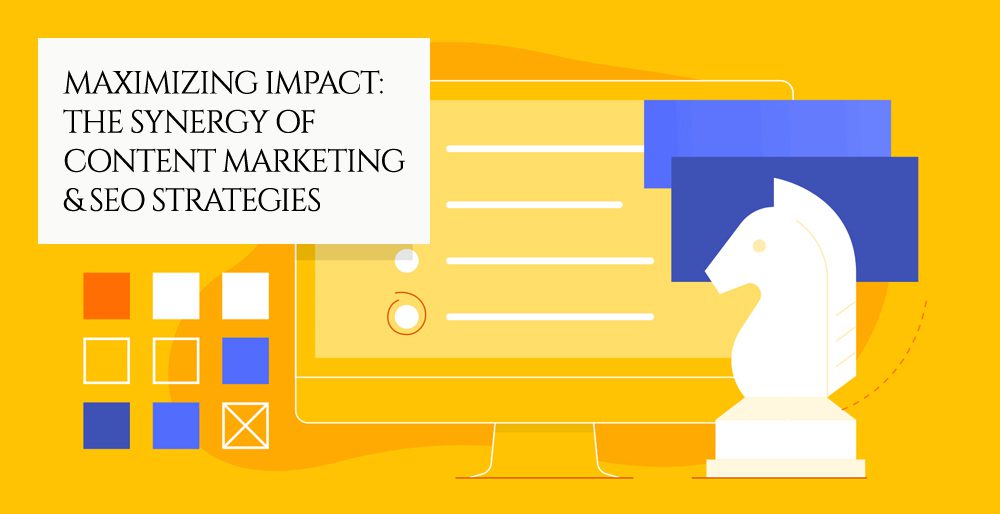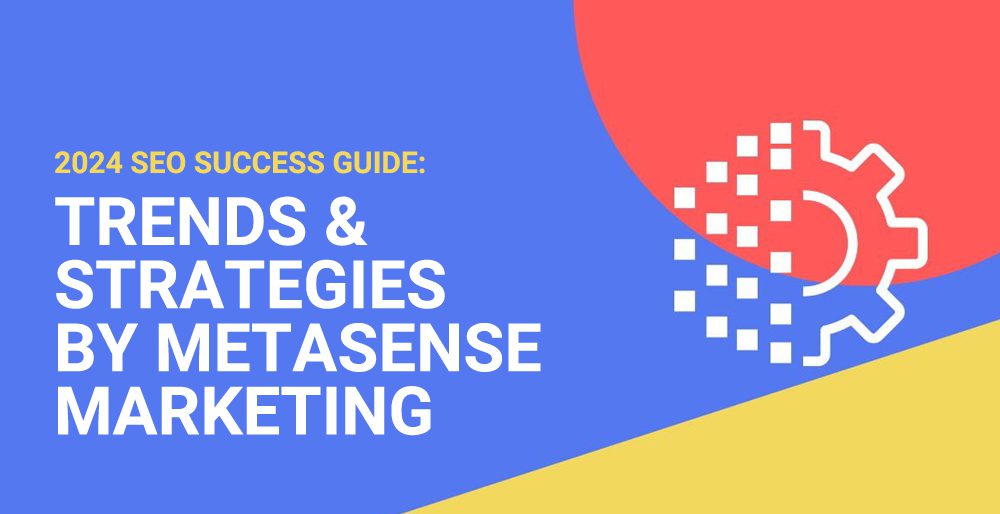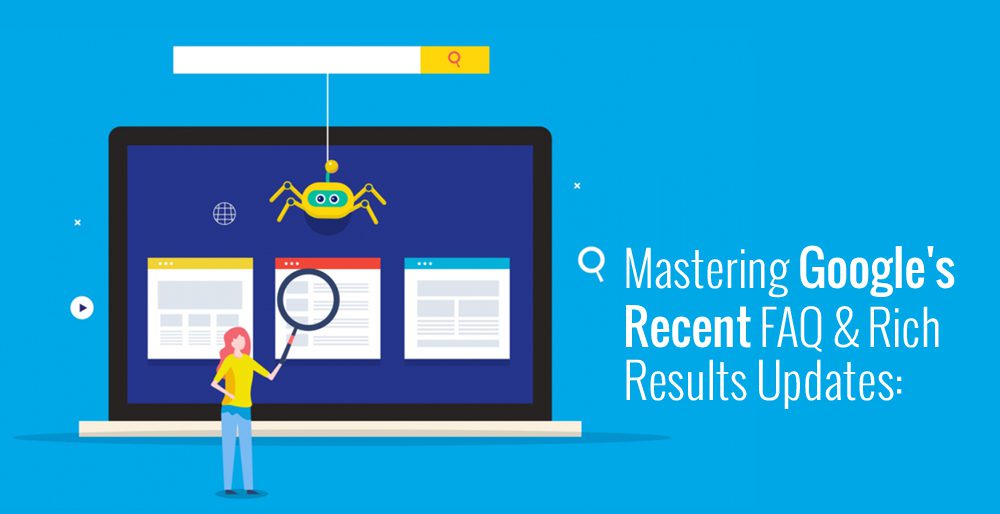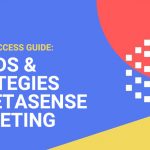
Learn the art of writing well-optimized articles for search engines with our 2024 guide. Discover essential tips and strategies to boost your content’s visibility and engage more effectively with your target audience. Elevate your SEO game today.
In a study published in the Search Engine Journal in 2020, 25% of websites in position one on the search engine results page (SERP) clicked through. For websites in position two, this number drops to 15%, and for those in position ten, it drops to 2.5%. The number drops even further on page two.
As a result, if your website is not on the first page of search results, consumers have a very slim chance of finding it organically. When fewer people visit your site, you generate fewer leads and, ultimately, fewer sales.
You can also invest in advertising to reach those users. On the other hand, it costs money, so if you’re on a budget, why not write SEO content? Traffic from it will likely last much longer than traffic from a campaign. However, in this blog, we will be going to discuss the tips for optimizing the article for search engine.
How does SEO work?
You don’t need to be an expert in search engine optimization to succeed. SEO-friendly blog posts can be easily written if you understand the essential elements of search engine optimization.
The art of ranking articles in search engines is called SEO, which stands for search engine optimization. As a result, your content is optimized for search engines to appear in top searches for specific keywords.
In search engine optimization, keyword research is the most essential component of the optimization process. Unpaid traffic from Google can be obtained by mastering this technique. We’ll explain what Search Engine Optimized content is and how to write web content before we teach you how to master keyword research and make your content search engine friendly.
How does SEO Content Writing work?

Writing SEO is to rank your content for relevant keywords that your target audience is searching for on Google and other search engines.
Let us now explain how SEO-optimized content works:
- For search engines to understand your article, the content should be centered around targeted keywords.
- Ensure your content is comprehensive and answers your target audience’s most pressing questions.
- To keep your readers engaged, the content must be structured and written to keep them on the page until the end.
- Ensure that it aligns with the search intent of your target audience.
Suppose you want to rank for the keyword “steps to write SEO optimized blog post.” So, your content should answer your audience’s most common question on the topic and be in-depth compared to what’s already ranking.
- Take advantage of headings.
- In Google’s web crawlers, headers help them understand what your blog post is about.
- Your crawlers are like readers skimming through your blog. Your H1 should give them an overview of what your article will be about. Subtopics within the article are then broken down into H2, H3, and H4.
- You should use high-intent keywords in your sub-headers to reflect the content in the body. Ranking on the SERP is much more likely when you use keywords your target audience is searching for.
- Make your content featured snippet-ready.
- Search queries are answered most directly with featured snippets on Google. As an example, Google might show a featured snippet if I searched, “How do you write a blog post?”.
- You’ll need to answer the question succinctly and thoroughly to earn a featured snippet on Google.
- Using a search term such as “How to screenshot on a mac,” you might put “How to Take a Screenshot on a Mac-book Computer” as H1 or H2, followed by the steps.
- When you’ve done that, make sure your answer includes some of the questions. If you were using the example above, you would begin your paragraph by saying: “Here are the steps to take a screenshot on your MacBook…”
- In addition, every sentence should begin with an actionable verb, such as “click” or “select.”
- To capture the featured snippet for a keyword that requires a definition, write a brief answer not exceeding 58 words.
- Don’t write for search engines, write for humans.
- All these SEO guidelines can make it easy for us to forget that users are searching for answers on Google. Write high-quality blog posts to improve your ranking chances.
- Can you describe how that looks? Answers are thorough, sections are scannable, subheadings are organized, and visual aids are included.
- Make sure you understand your buyer personas, motivations, challenges, and interests.
- In addition, you should choose topics that are relevant to your potential customers and address their pain points. Content writing SEO tools can help you write correct, concise, and human-friendly content that ranks well and engages readers while some SEO tools help you with the technical side of your site. As well as measuring content engagement, you can find out how long people spend on your pages if they visit multiple pages, and how far they scroll down.
- Your meta description should include keywords.
- Does a meta description accompany your post? If you answered “no,” then your post is probably not getting the exposure it deserves. Their importance of them can be explained in a few words.
- So far, we’ve discussed how a blog post can communicate with Google through sub-headers, keywords, and snippets. There is, however, no definitive list.
- As part of its search ranking algorithm, Google also crawls meta descriptions. A meta description is one or three sentences that appear beneath a search result’s title.
- Your meta description should summarize your post’s content, and you should include:
- Don’t make it too long.
- A maximum of two keywords should be used.
- Put your best foot forward. You’ll want your description to stand out among the other similar posts.
- Likely, you will not have to go far to find meta description boxes in most content management systems (CMS).
- Alt text should be added to images.
- You must add alt text to any image you include in your post, whether a featured image or a body image.
- As well as helping Google (and visually impaired readers) understand what the photo is about, alt text describes what’s happening in it.
- You include the following image in your article about virtual events, for example:
- “A businessman holds a pen while sitting at a desk participating in a virtual event.” should be the alt text.
- If this is a stock image, you can create a narrative that aligns with your blog post, even if it is descriptive, and includes the main keyword “virtual event.”
- Research keywords first.
- Google processes over 70,000 searches per second, according to estimates. That’s staggering, isn’t it?
- Using specific keywords and phrases that your potential customers are searching for will allow you to outrank your competitors and cut through SERP clutter. Your website and content would be impossible to find otherwise, wouldn’t it?
- Research keywords using a keyword tool. You can get detailed information on what users are searching for and the popularity of those queries by using sites like Ahrefs and Google Keyword Planner.
- See our case study and exclusive interview to learn how Ahrefs can help your SEO keyword research.
- In addition, Google Trends can give you a sense of what keywords are popular at any given time. Searches for a specific keyword steadily declining over time are probably not the best to target. In contrast, rising trends are the opposite.
- The best way to develop keyword ideas is to look at what your competitors are doing. Analyze the keywords for which their domains are currently ranking with competitive intelligence tools. Consider using these keywords as well if they are relevant to your business.
- However, you need to remember that a keyword’s obviousness may not always correspond to its strategy. As trends shift, terminology changes, and your product/service line expands, your focus keywords will evolve accordingly.
- Ensure you conduct keyword research periodically to avoid missing essential ranking opportunities by not focusing on the wrong keywords.
- Keep your keyword stuffing to a minimum.
- You should optimize your page fully without being overbearing. Adding keywords should be natural, but don’t overdo it to the point that you can’t read your content.
- Avoid a meta description like this if your keywords are “account-based marketing,” “startups,” and “sales.”
- The best way to make the description seem more natural is to choose one or two keywords to focus on. For example: “Want to increase your account-based marketing game? Discover our research-backed techniques here.”
- This approach still uses keywords, but you don’t over-saturate it. Remember that your goal is to solve a problem for your audience. You can signal to Google that your post is not meeting the needs of your users if they have a poor reading experience.
How to Make Your Content Go Further with SEO

Your audience should be your priority when writing
Creating SEO content is a top priority for a reason. Although it seems easy enough, so many companies have the wrong reasons for creating content. Focus on writing content that appeals to your target market’s interests or answers their questions. Posts don’t always have to be about your products or services; they should all relate to your industry.
Write SEO-friendly, engaging, and informative content to position yourself and your company as an expert in your industry.
Ensure that everything is under one roof
Keeping your original content on your domain will give you the credit and traffic your website deserves. Hosting your blog on your domain (i.e.: www.example.com/blog) would be better than using WordPress or Blogger. Make sure to embed videos, info-graphics, or whitepapers into your website whenever you have an opportunity to showcase other forms of original content.
Take your headlines to the next level
Only a few words can make a huge impact. An effective headline has a huge impact on SEO, so don’t underestimate its importance! Utilize rich keywords in your headlines to make them clear, compelling, and interesting. As well as a great headline, make sure your meta descriptions offer additional details on your article’s topic. Don’t forget that your title and meta description appear in search results, so pay attention to them!
Phrases that contain keywords should be used
Ensure both your readers and the search engines know what your post is about by using relevant, keyword-rich phrases in your headlines and content. If you stuff your content with keywords, you can get penalized by search engines for keyword stuffing. Keep your words natural by using them sparingly and thoughtfully. Tag a few relevant keywords for each post besides using keywords throughout the body; most general blogs have built-in tagging capabilities.
Posts should be structured
In an unorganized, inefficient format, your great content can be easily lost. You can make your content easy to read by breaking it up into smaller paragraphs with headlines. It’s also important for search engines to have a well-organized backend. In order to maintain a well-structured article, it is important to tag headlines correctly (H1 for titles, H2 for subtitles).
SEO-Friendly Titles for Blog Posts
Bad headlines can hurt your SERP rankings even if you have an SEO-friendly post body.
Think about SEO when titling your post; write something compelling that incorporates your primary keyword. The following tips will help:
Audiences love the content you write. The next step is to add elements that Google will also appreciate. You’ll soon be on Google’s first page if you follow these SEO tips by Metasense Marketing. Leave the hard work to us.
Designing, building and implementing Award-Winning Digital Marketing Strategies.
Contact me directly at 856 873 9950 x 130
Or via email at : Support@MetaSenseMarketing.com
Check out our website, get on our list, and learn more about Digital Marketing and how MetaSense Marketing can help.
https://www.metasensemarketing.com
For more information and to schedule an appointment, CLICK HERE.
MetaSense Marketing Management Inc.
866-875-META (6382)
support@metasensemarketing.com





















